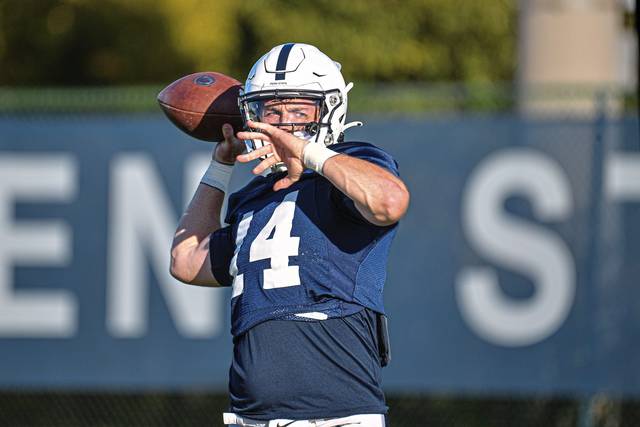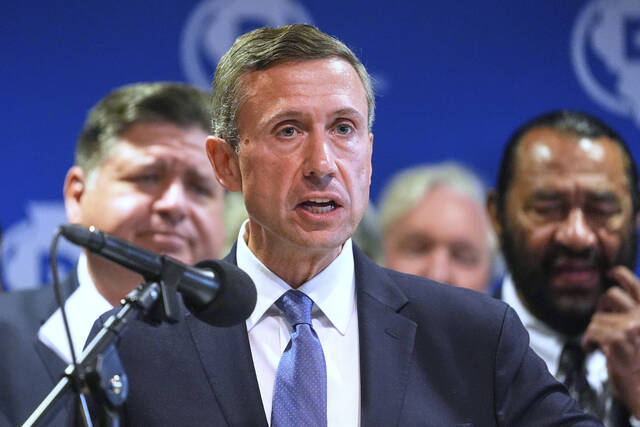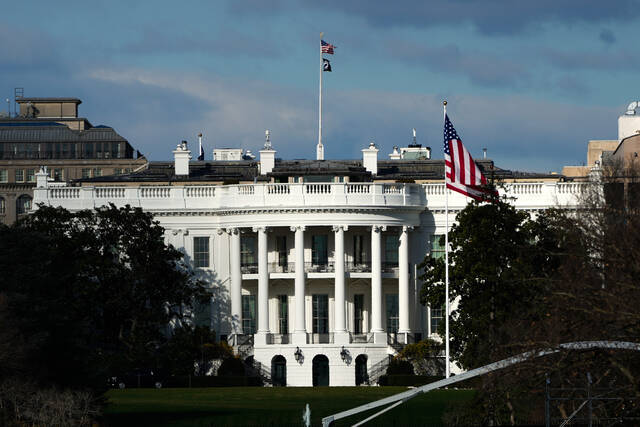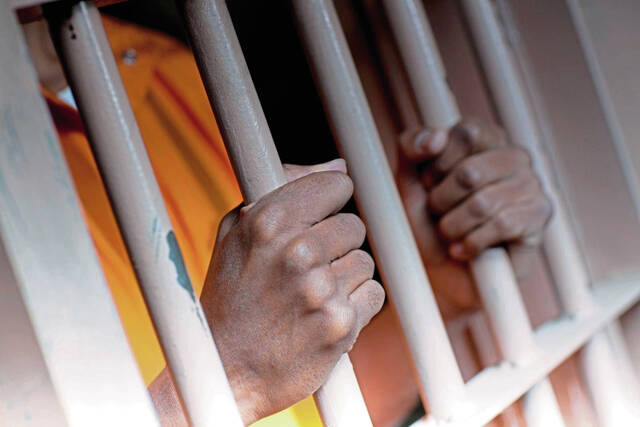It took a month, but the Big Ten finally realized the error of its ways and announced that fall football is back on. Next weekend, the Big Ten will join the ACC, SEC and Big 12 among the power conferences who looked at the full gamut of risks and rewards in playing college football, concluding that not playing this fall carried more risks than playing.
The first five weeks of the college football season indicate that with appropriate protocols in place, including team bubbles, medical screening and daily testing, infections can be kept out of the clubhouse and off the playing field, making for a covid-19 safe season. Although there have been some interruptions, resulting in games postponed and delayed, the season so far has been mostly remarkably unremarkable, covid-19 health wise.
Multiple factors went into the decision to move forward with college sports this year. In addition to the obvious covid-19 health risks, college sports contribute to character and leadership skill development that would be lost without the opportunity for student-athletes to play this season. Given that students could opt out of playing without jeopardizing their scholarships, athletic departments have empowered them to make the best decisions for their personal situation. Most have and will likely choose to play.
With football schedules set, the road has been paved for Big Ten men’s basketball to be played this season, with no delays. Given that football and basketball are the primary revenue generators for Big Ten athletic departments, athletic directors knew what they needed to remain financially solvent this year. They key was achieving their goal without compromising the safety and well-being of the student-athletes, coaches and fans. The golden goose of the Big Ten Network will keep giving, even in a covid-19 infected season.
With all the attention being paid to football and men’s basketball, the carnage to other intercollegiate sports has flown under the radar. Iowa announced that men’s gymnastics, men’s and women’s swimming and diving, and men’s tennis will all end after the 2020-21 season. Minnesota will end men’s indoor track and field, men’s gymnastics, and men’s tennis. In the Pac-12, Stanford terminated 11 intercollegiate sports.
Anticipated budgetary issues were certainly part of these decisions. However, with football and men’s basketball back on track, many of these financial exigencies will be relieved. Given that every crisis is also an opportunity, were these sports already in jeopardy, with covid-19 providing the necessary nudge to push them off the cliff?
Then there are the other fall sports that are in limbo, like women’s volleyball (a sport in which Big Ten teams have won numerous national championships), women’s soccer and cross country, which are still working out how they can get back into competition. Intercollegiate sports are spaced across an entire academic year for a reason. Kicking the can down the road to the spring for all such competition creates more space congestion in training and practice facilities, including moving all such activities indoors given the weather constraints across Big Ten locations. All this creates added covid-19 infection risks that would not have been present under normal schedules.
Then there are all the winter and spring sports, some of which begin play in the fall. A recent report in Significance Magazine indicated that among a sample of seven college men’s and women’s sports, those with the highest covid-19 mortality risk are football and men’s basketball, with men’s and women’s golf posing the lowest risk.
Every intercollegiate sport should have a green light to plan for a slate of games and competition this season, the sooner the better. With such plans, team bubbles will need to be tightened, players will be subject to daily testing and periodic health screenings, and opponents will need to be scheduled to ensure that no infected player steps onto the field or court. The bar is high, but the bar is achievable.
Every team is one infection outbreak away from postponing games (just ask Notre Dame) or shutting down for the season. This is a whole new world for college athletics. For the student athletes, coaches and fans, the wait is worth it.
Sheldon Jacobson is a Founder Professor of Computer Science at the University of Illinois at Urbana-Champaign.








